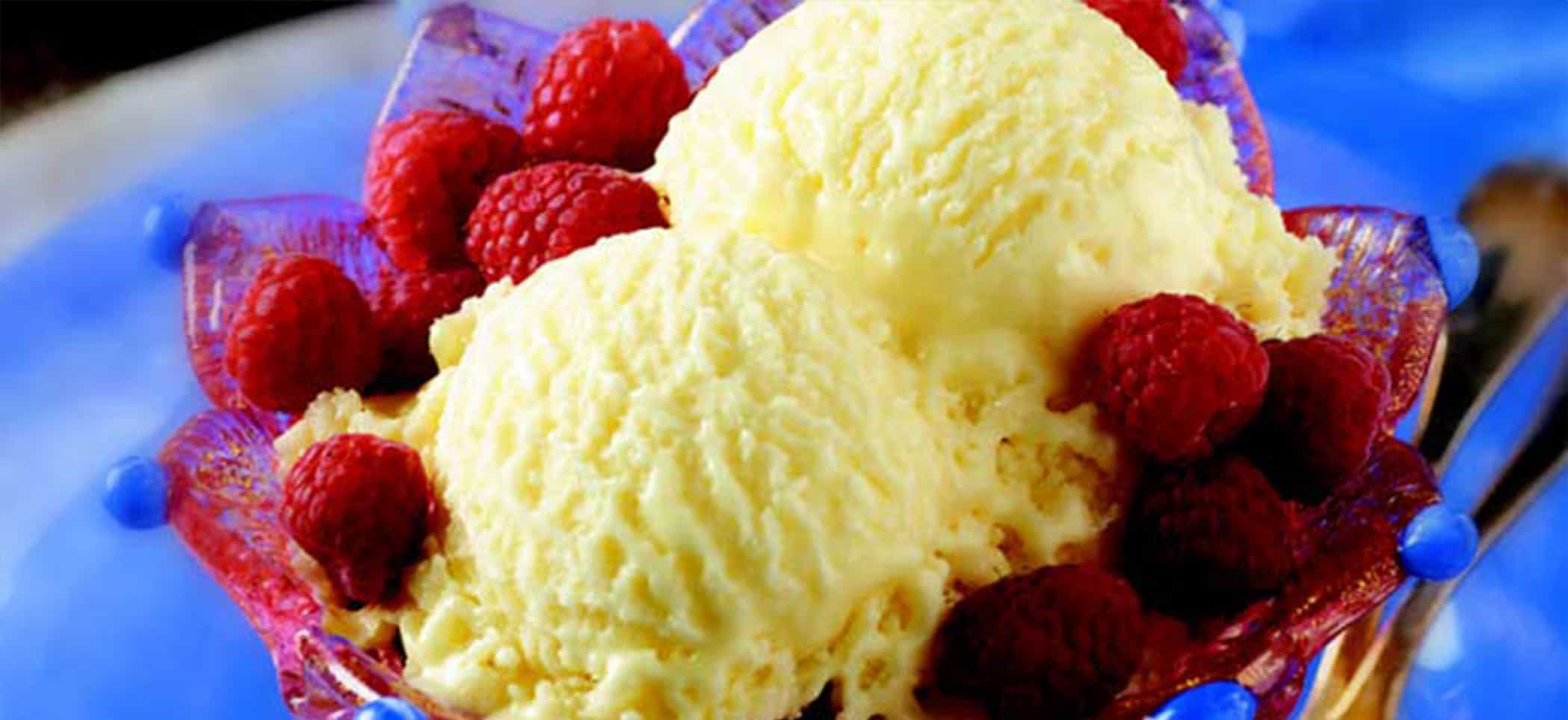Food crystals are neither good nor bad because some are beneficial to food while others are detrimental.1 The key is control. The formulator who masters crystallization can create the desired product taste and texture, with crystallization an important aspect for both those qualities in applications such as frosting, nougat, truffles and ice cream, to name a few.2
Egg products can help control crystallization in confections, frozen desserts and prepared foods. Two of the functions eggs supply, emulsification and foaming, contribute to their ability to aid with crystallization control. Many confections begin with a sugar solution in water. The proteins in egg whites slow down the crystallization process of this sugar solution, or interfere with the action of sucrose molecules to reduce their size and to create a smoother texture and a more pleasant mouthfeel.1,2 Beaten egg whites allow for foam formation and incorporate air into an otherwise dense sugar/water solution, to enhance the melting quality of the product in the mouth.2
Egg yolk in ice cream or other frozen dairy-style desserts aids with density, hardness and texture. Egg yolks help create smaller ice crystals, prevent the ice cream from clumping and aid with whipping properties for desired overrun.2 In frozen desserts the natural lecithin in eggs increases viscosity of the base mix and interferes with the formation of large ice crystals.1 Smaller ice crystals affect product density, hardness and texture.
Eggs help control ice crystallization in prepared foods too, that often will experience a slight thaw during transportation, distribution or even during the consumer’s trip home from the grocery store. In this thaw, moisture is released which then refreezes, forming ice crystals. Once one ice crystal forms, others are attracted to this initial crystalline structure and this pulls moisture out of the product resulting in “freezer burn.” Egg products, particularly egg whites can help, acting as an interfering agent to slow crystallization or only allowing smaller and fewer ice crystals to form.3 Eggs or egg whites can be utilized for this purpose in sauces, breakfast bowls, handheld pocket sandwiches, pastas and other types of applications. Egg white can be part of the formula or applied as a coating or glaze for handheld snacks.4
References
- Prepared Foods, Food Crystallization and Eggs, Jones, D, 2013, June 7, http://www.preparedfoods.com/articles/112781-food-crystallization-and-eggs (Accessed May 11, 2017)
- Controlling Crystallization (2012) McKee S, AEB training module, YouTube, (Accessed May 11, 2017)
- Egg Science and Technology, Fourth Edition
- McKee S. (2012). Prepared Foods: How Egg Products Contribute to Mouthfeel and Texture, AEB training module, YouTube (Accessed May 22, 2017)

